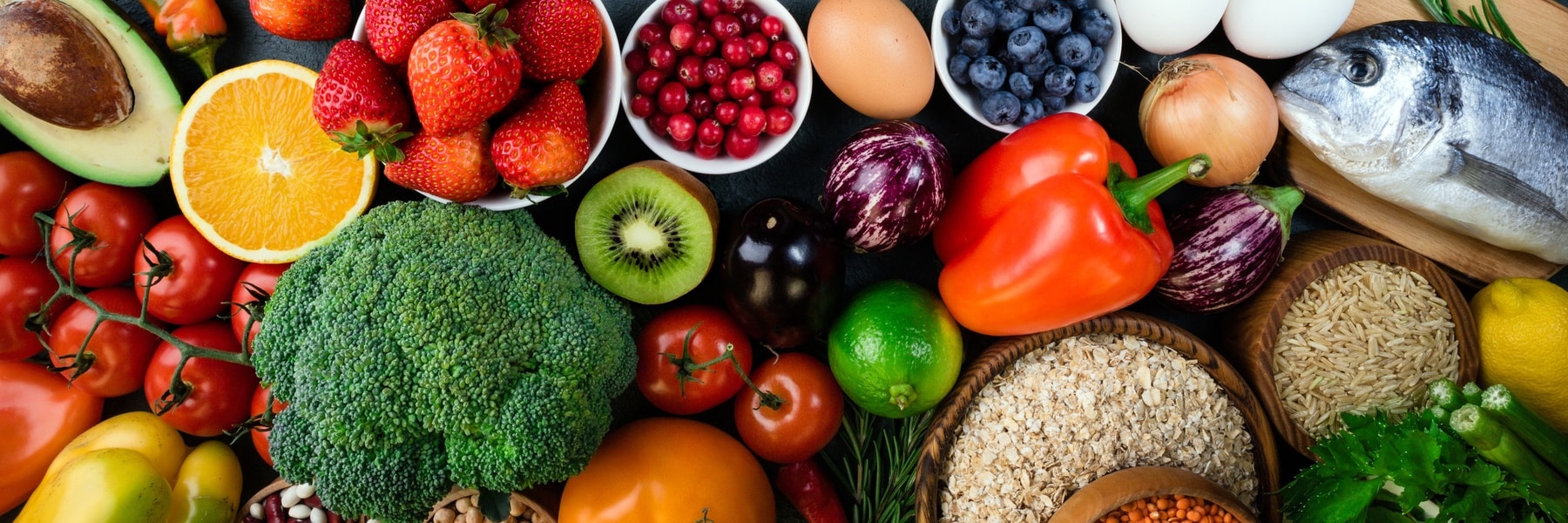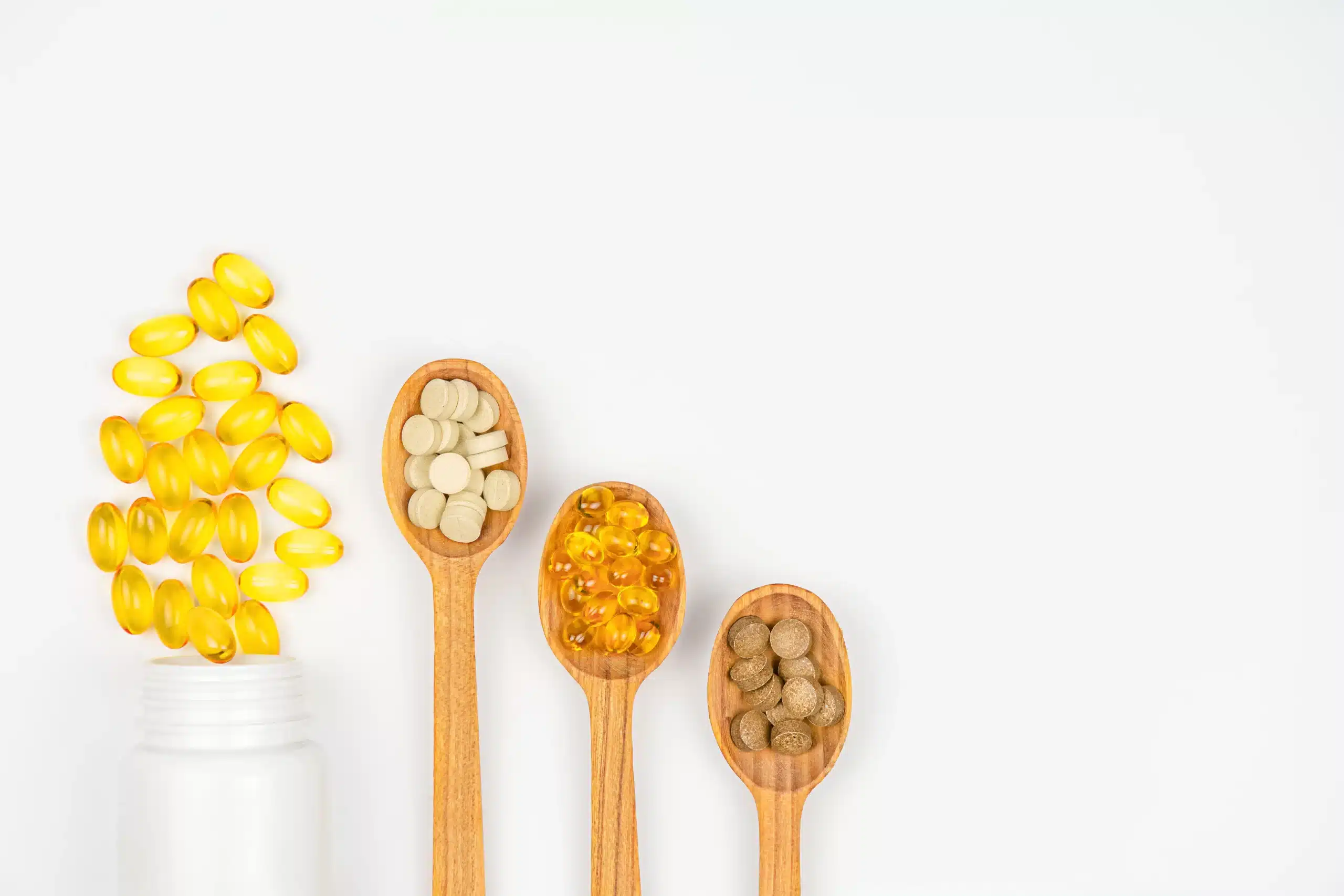A healthy diet and exercise offer a great start on your journey to total health…

B-E-H-A-V-E and Eat “Heart Smart”
If you’re like a lot of people, you have read several articles over the years on heart-healthy foods and probably still feel a bit confused by all the mixed information. Don’t be discouraged; even the experts find it difficult to keep up.
The discovery a few years ago that inflammation in the artery wall is the real cause of heart disease is slowly leading to a paradigm shift in how heart disease and other chronic ailments will be treated. Without inflammation, cholesterol can freely move throughout the body as nature intended, but in the presence of inflammation, cholesterol becomes trapped, causing plaque. Chronic inflammation is just as harmful as acute inflammation is protective to the body, and the biggest culprits of chronic inflammation are the overload of simple, highly processed carbohydrates (sugar, flour and all the products made from them) and the excess consumption of omega 6 vegetable oils like soybean, corn, and sunflower found in processed foods. Therefore, any attempt to eat smart should focus on lowering inflammation!
In an attempt to get you up to speed on the most recent research, I have decided to use the acronym B-E-H-A-V-E to help you understand some simple and important up to date facts that will help you get your waistline down and improve your risk factors for heart disease.
B- First and foremost, be AWARE of SUGAR!
Sugar in your diet increases blood sugar beyond what the cells need, causing sugar levels in the blood to rise. The pancreas then produces more insulin, and the glucose converts to stored fat. So anything that turns in to sugar should be minimized. The products that most people forget are items such as ketchup, BBQ sauce, marinades and toppings, and other condiments. So, read your food labels. For every 4 grams of sugar, you are ingesting 1 teaspoon of sugar. Watch out for low fat, as this usually means HIGH SUGAR. Additionally, although fruit has nutrient value, it is sugar. Limit your intake to 2 servings per day.
E- Eat lean, organic protein
Trim the fat and eat lean proteins that are grass-fed and organic to avoid getting all the hormones and antibiotics that the animals are ingesting. The average American diet is protein-poor and carbohydrate-rich. Just the opposite of heart-healthy! Protein has been shown to be effective in lowering blood pressure and is necessary to build or maintain muscle. Remember, your heart is a very important muscle that needs to maintain its workload.
Additionally, do not ruin the nutritional value of your food by smothering it in anything. A common statement often made is “I am eating healthy,” and upon exploring the person’s definition of “healthy,” the food selection was healthy but the preparation and presentation very “unhealthy.” One of the greatest sabotagers of success in eating clean is the amount of oil, butter, marinades, and crusts (including panko crumbs) that are used to prepare your food. So check out HOW your food is prepared. Eating clean means preparing, ordering, or buying it clean.
H- Have lots of non-starchy vegetables
Eat your veggies raw or lightly cooked, and leave them a little crunchy. Enjoy eating a colorful variety. The body can become allergic to foods eaten repetitively. Variety is important. Consider buying from local farmers to avoid the long shelf life of foods, which reduces the nutritional quality. Corn and peas are not considered “healthy vegetables.” Once again, preparation is key. Avoid vegetables swimming in butter and oil. Prepare clean, eat clean, and eat plenty!
A- Avoid transfats
Trans fat is made by adding hydrogen to vegetable oil, which makes the fat less likely to spoil. It is used in manufactured foods to preserve them. Commercial baked goods are notorious for containing trans fats that can often be “hidden” in the label with words such as “partially hydrogenated.” Foods that contain less than 0.5 grams of trans fats per serving can be labeled as 0 trans fat; however, this is certainly not true but is allowed in the US. Other sources of trans fats are sauces, salad dressings, toppings, packaged 100 calorie snacks, chips, and fast food, which cause increased triglycerides, increased lp (a), and more inflammation.
Perhaps we should consider eating other heart-healthy fats such as olive oil and moderate amounts of coconut oil, which is a saturated fat but has health benefits. Eating fish and nuts, such as almonds and walnuts, are a great source of healthy fats that are a necessary part of a heart-healthy diet as well. The “fat-free” era needed to be over before it started. Fat is a necessary part of preserving the health of your body. But again, eat lean, eat clean (organic, grass-fed, and free of the unnecessary additives) to keep your heart and vessels clean.
V- View your nutritional labels
If you are eating foods that are packaged and processed, check out your label. Ingredients such as maltodextrin, BHT, and BHA are all added to preserve those foods, and if you spend a few minutes on the internet and look these up, you will find they are also used in our local morgues. This should be a concern to you. Choose foods with few ingredients, or better yet, eat WHOLE FOODS (unprocessed or very limited processing or refining).
Eating off the land and items in their natural state- fruits, vegetables, meats, seeds, and nuts- is key. Nutritional labels containing more than 3-4 ingredients are considered no different than science projects. Just reading the front of a package will fool you. The companies are very crafty at enticing you to buy their products. Turn the package over and read the label carefully! Be a health-conscious consumer.
E- Exercise your brain and your body
Although this is not necessarily part of your diet, it needs to be part of your heart-healthy lifestyle. In our most recent research, JUST WALKING improves brain function, intellect, and memory. So not only are you protecting your heart, you are preserving your brain. When improving your life, you need to cognizant of quantity and quality of life.
Change your Heart Health for the Better
Eating heart-healthy is not rocket science, but it does require proper knowledge and some detective work. I urge you to recognize that these simple facts have the power to change your heart, health, and even your brain function. You might even surprise your health care provider. So B-E-H-A-V-E, eat heart-smart, and get or stay moving to preserve your heart and your brain!



